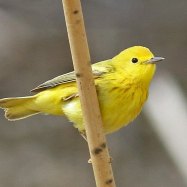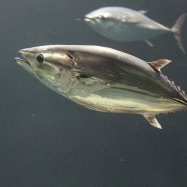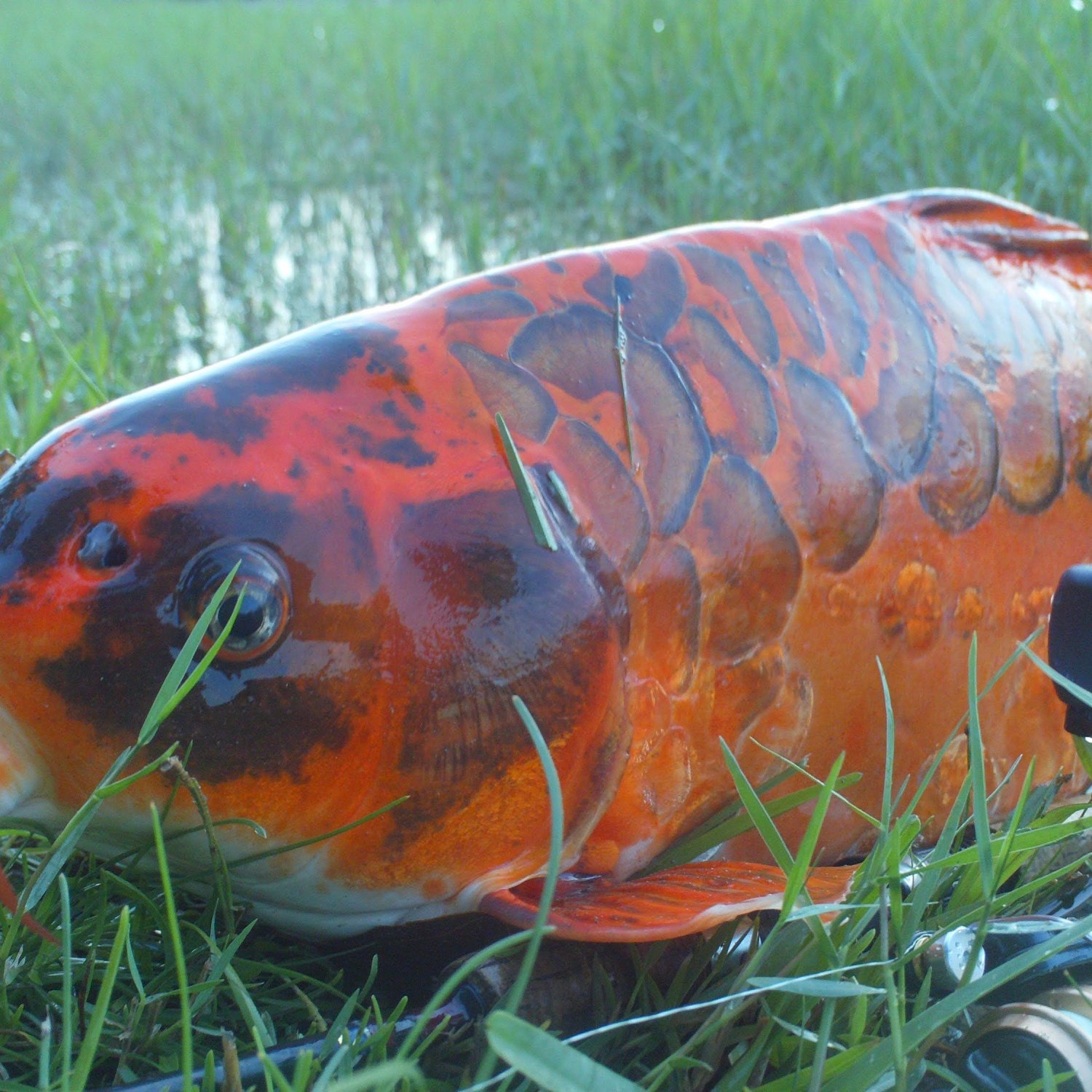
Asian Carp
Up to 1 meter
Asian Carp, commonly found in rivers and lakes, can grow up to 1 meter in length and belong to the Cyprinidae family. These elongated fish are known for being strong and fast swimmers, making them a threat to native species. Due to their rapid reproductive rates, they can quickly outcompete other fish, leading to ecological imbalances. Efforts are being made to control and limit their population to protect the diversity of our waterways. #AsianCarp #Cyprinidae #ecologicalbalance
Animal Details Summary:
Common Name: Asian Carp
Kingdom: Animalia
Habitat: Freshwater
The Rampage of Asian Carp: A Growing Threat to Freshwater Ecosystems
Asian Carp, scientifically known as Hypophthalmichthys nobilis, is a type of freshwater fish that has inflicted widespread damage to aquatic ecosystems across the world. In recent years, these fish have captured the attention of environmentalists and policymakers due to their aggressive behavior and rapid reproduction rates. But what makes the Asian Carp such a threat? How did they end up in the rivers and lakes of countries far from their native land? In this article, we will delve into the world of Asian Carp, exploring their characteristics, habitat, and the havoc they have caused in the delicate ecosystems they invade.A Fascinating Species: Asian Carp
Asian Carp, also commonly known as Silver Carp or Flying Carp, is a remarkable fish that belongs to the Kingdom Animalia, Phylum Chordata, and Class Actinopterygii Asian Carp. They are a part of the family Cyprinidae, which includes other well-known fish species such as common carp and goldfish. These fish are native to the freshwater habitats of China, where they are considered a culinary delicacy. However, the fascination with these fish does not lie in their taste, but in their unusual behavior and appearance.Asian Carp has an elongated body shape and can reach up to one meter in length. They are known for their distinctive silver-colored scales and can weigh up to 40 kilograms. These impressive creatures have a lifespan of up to 15 years and are herbivorous, meaning they feed on plants and algae.
Origins and Distribution
As the name suggests, Asian Carp originated in Asia, specifically in the Yangtze River of China. They have been a part of Chinese culture and cuisine for centuries, and their population was largely controlled through commercial fishing. However, things took a dramatic turn in the 1970s when these fish were introduced to North America Arafura File Snake.The initial purpose of bringing Asian Carp to North America was to control the proliferation of algae in fish farms. However, due to poor management and breaches in containment, the fish escaped into the Mississippi River system and eventually made their way up to the Great Lakes. Today, Asian Carp can be found in many freshwater systems across the United States and Canada, posing a severe threat to native fish species and the delicate ecosystem of these water bodies.
A Habitat that Knows No Bounds
Unlike most fish species, Asian Carp are a highly adaptable species that can thrive in a variety of environments. They prefer freshwater habitats such as rivers and lakes, but they have also been found in brackish waters and can survive in low oxygen levels. Due to their aggressive feeding behavior, Asian Carp can outcompete native fish species for resources, making them a serious threat to the balance of aquatic ecosystems.The Herbivorous Frenzy
One of the most intriguing characteristics of Asian Carp is their feeding behavior. These fish are herbivores, and they have an insatiable appetite for plants and algae. They feed by filtering large amounts of water and extracting small organisms, plant material, and algae through their gills. This behavior leads to disruption in the food chain, affecting other fish species that depend on these plants and algae for their survival.Another alarming aspect is the rate at which these fish consume food. An adult Asian Carp can consume up to 20% of its body weight in a single day, which can have a significant impact on the availability of resources for other aquatic species. As a result, Asian Carp have been known to cause a decline in the population of native fish species and reduce the biodiversity of the water bodies they invade.
The Invasion of North America
The introduction of Asian Carp in North America has had a devastating effect on the region's freshwater ecosystems. These fish have rapidly multiplied due to their lack of natural predators and the abundance of food in their new habitat. As a result, they have spread to over 24 US states and impacted the ecological balance of the Mississippi River and its tributaries.One of the main concerns of the invasion of Asian Carp in North America is their proximity to the Great Lakes, which are the largest source of fresh water on the continent. If these fish find a way to enter the Great Lakes, it can have catastrophic consequences for the region's economy, environment, and ecosystem.
Fighting the Invasion
Recognizing the severity of the Asian Carp invasion, multiple efforts have been made to control and possibly eradicate these fish from North American water bodies. The US Army Corps of Engineers have implemented a range of control measures, including physical barriers and sound deterrence, to prevent the fish from entering the Great Lakes.In addition, there has been a concerted effort to encourage commercial fishing of Asian Carp, mainly for human consumption. In recent years, there has been a growing demand for these fish in restaurants and supermarkets, and fishermen have been incentivized to catch as many Asian Carp as possible. This approach not only helps to control the population of Asian Carp but also offers economic benefits to local communities.
Raising Awareness for a Sustainable Future
Amid all the challenges posed by the invasion of Asian Carp, one of the essential steps towards mitigating their impact is raising awareness. It is crucial for people to understand the threat posed by these fish and to take necessary precautions to prevent their spread to other water bodies. This includes educating people about how these fish can be transported from one body of water to another, which can be as simple as moving small fish from a fish tank to a nearby lake.Furthermore, it is vital to emphasize the importance of sustainable practices in the management of aquatic ecosystems. As the world's population continues to grow, it is essential to find ways to balance economic development and environmental sustainability. The Asian Carp invasion serves as a stark reminder of the consequences of neglecting the impact of human actions on delicate ecosystems.
Conclusion
In conclusion, the Asian Carp, with its fascinating characteristics and invasive tendencies, has certainly captured the attention of the world. From their natural habitat in China to the vast freshwater systems of North America, the story of Asian Carp is a testament to the interconnectedness of the world's ecosystems. As we continue to find ways to mitigate the destructive impact of this invasive species, it is crucial to recognize the value of sustainable and ethical practices in protecting the delicate balance of our planet's ecosystems. Only then can we hope to maintain a healthy and biodiverse environment for generations to come.

Asian Carp
Animal Details Asian Carp - Scientific Name: Hypophthalmichthys nobilis
- Category: Animals A
- Scientific Name: Hypophthalmichthys nobilis
- Common Name: Asian Carp
- Kingdom: Animalia
- Phylum: Chordata
- Class: Actinopterygii
- Order: Cypriniformes
- Family: Cyprinidae
- Habitat: Freshwater
- Feeding Method: Herbivorous
- Geographical Distribution: Asia
- Country of Origin: China
- Location: Rivers and lakes
- Animal Coloration: Silver
- Body Shape: Elongated
- Length: Up to 1 meter
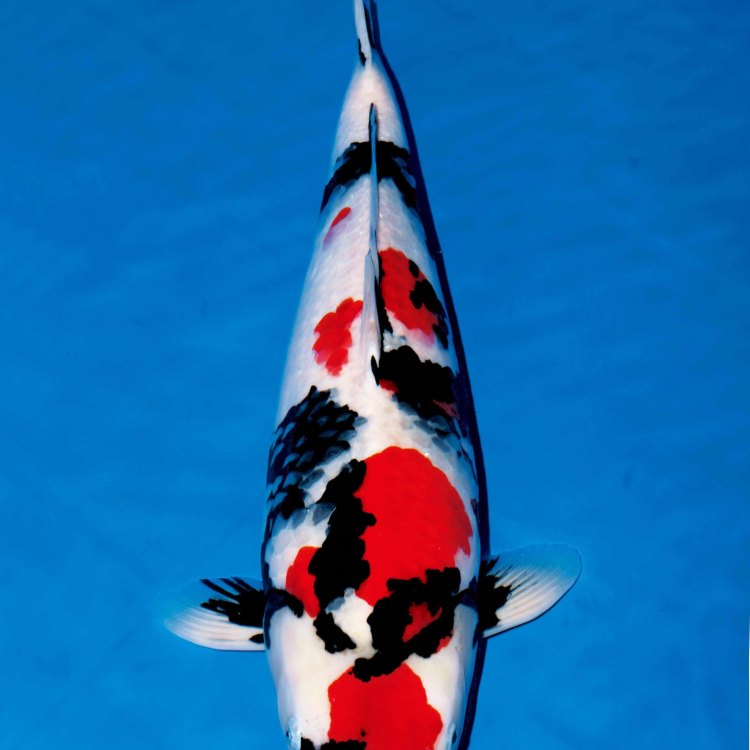
Asian Carp
- Adult Size: Large
- Average Lifespan: 15-20 years
- Reproduction: Spawning
- Reproductive Behavior: Mass spawning
- Sound or Call: None
- Migration Pattern: Upstream migration
- Social Groups: Schools
- Behavior: Highly adaptable, can tolerate a wide range of environmental conditions
- Threats: Invasive species, competition with native species, disruption of ecosystems
- Conservation Status: Not evaluated
- Impact on Ecosystem: Negative impact on native fish populations
- Human Use: Commercial fishing, aquaculture
- Distinctive Features: Large size, deeply forked tail, large scales
- Interesting Facts: Asian carp are known for their ability to jump out of the water when disturbed by boat motors
- Predator: Humans
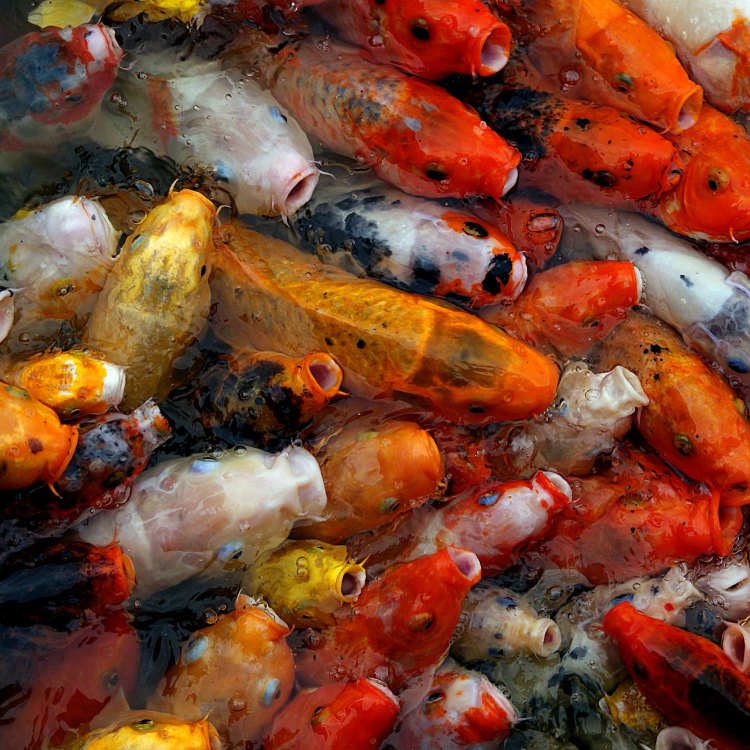
Hypophthalmichthys nobilis
The Troubling Truth Behind the Asian Carp Invasion
The Asian carp, also known as the silver carp, is a species of fish that has been causing quite a stir in recent years. Originally from Asia, these fish were brought to the United States in the 1970s as a way to control water weeds and algae in aquaculture facilities. However, the carp quickly made their way into the wild and have since become one of the most disruptive and invasive species in North America.With their large size, destructive feeding habits, and ability to jump out of the water, Asian carp have been causing an ever-increasing threat to the delicate balance of our freshwater ecosystems PeaceOfAnimals.Com. In this article, we will dive deep into the world of Asian carp and explore their biology, behavior, and impact on the environment.
The Basics of the Asian Carp
The Asian carp is a freshwater fish that can be found in the United States, specifically in the Mississippi River and its tributaries. These fish are known for their large size, with some individuals reaching up to 100 pounds in weight and 4 feet in length. They have a distinctive silvery color, hence their name, and a deep, forked tail.
On average, Asian carp can live for 15-20 years in the wild and reach sexual maturity at around 5 years of age. They are fast-growing and have the ability to reproduce multiple times throughout their lifespan. This makes them a highly successful species in terms of population growth and survival.
Reproduction and Behavior
Asian carp have unique reproductive behaviors, with a process known as "mass spawning." This occurs when the water temperature reaches a certain threshold, typically in the spring or early summer, and the fish congregate in large numbers to spawn American Wirehair. This can result in hundreds of thousands of eggs being released into the water at once.
Unlike many other fish species, Asian carp do not make any sounds or calls during their reproductive process. Rather, they rely on their mass spawning behavior to ensure the survival of their offspring. This strategy has proven to be highly successful, as Asian carp have been able to quickly establish and expand their populations in new environments.
Migration and Social Groups
One of the most distinctive behaviors of Asian carp is their upstream migration. This means that they swim against the current, traveling from larger rivers to smaller ones or even into lakes. This behavior is essential for their survival and reproduction, as it allows them to access new food sources and suitable spawning grounds.
Asian carp also tend to travel in schools, especially during their spawning season. These schools can consist of hundreds, if not thousands, of individuals, and they work together to navigate and overcome obstacles in their environment. This behavior makes them highly adaptable and able to tolerate a wide range of environmental conditions.
The Troubling Threats of Asian Carp
While Asian carp may have impressive and unique biological characteristics, their presence in the United States has led to a wide range of environmental and economic concerns. As an invasive species, they have no natural predators in North America, allowing their populations to grow unchecked.
One of the most significant threats of Asian carp is their competition with native fish species for resources such as food and breeding grounds. Their large size and voracious appetite put them at an advantage over other fish, leading to a decline in native populations and disruption of entire ecosystems.
Moreover, the jumping behavior of Asian carp can also be extremely dangerous and disruptive. When disturbed by boat motors, these fish can jump up to 10 feet out of the water, potentially injuring boaters and damaging equipment. This makes recreational activities such as fishing and boating in infested waters hazardous and unpleasant.
The Impact on Ecosystems and Human Use
The negative impact of Asian carp goes beyond the disruption of native fish populations. These fish also have a significant effect on the overall health and balance of freshwater ecosystems. By outcompeting native species, they can alter food webs and nutrient cycles, leading to cascading effects throughout the environment.
In addition to their impact on the environment, Asian carp also have an effect on human use. In commercial fishing, they are considered a nuisance and often clog up fishing nets meant for other species. However, some efforts have been made to market Asian carp for consumption, as they are a popular food in Asian cultures.
The Race to Control Asian Carp
The presence of Asian carp in North America has sparked a race to control and contain their populations. Various strategies have been implemented, such as the installation of barricades and electric barriers to prevent their upstream migration. However, these methods have proven to be costly and not entirely effective.
Scientists are also exploring the use of pheromones, chemicals released by the fish during spawning, to lure them into traps. This method is still in its early stages but could potentially prove to be a more efficient and humane solution to controlling Asian carp populations.
Facts and Myths About Asian Carp
As with many unfamiliar and invasive species, Asian carp have been subject to a number of myths and misconceptions. One of the most popular myths is that they can jump into boats and injure people. While their jumping behavior can be disruptive and dangerous, there have been no documented cases of human injury caused by Asian carp.
However, there are some interesting facts about Asian carp that are completely true. One of these is their jumping ability, which can be attributed to their sensitive hearing and their instinct to jump when they feel threatened. Another interesting fact is that these fish are a delicacy in Asian cuisine and are often served in a variety of dishes.
Final Thoughts
In conclusion, the Asian carp is a fascinating and highly adaptable species that has become a troublesome invasive species in North America. With their large size, unique behaviors, and negative impact on the environment, they pose a significant threat to the delicate balance of our freshwater ecosystems.
Efforts to control and manage their populations are ongoing, but it is evident that a more comprehensive and collaborative approach is needed to effectively address the issue. As we continue to learn more about the biology and behavior of Asian carp, we can hope to find more sustainable solutions to minimize their impact and protect our natural environments.
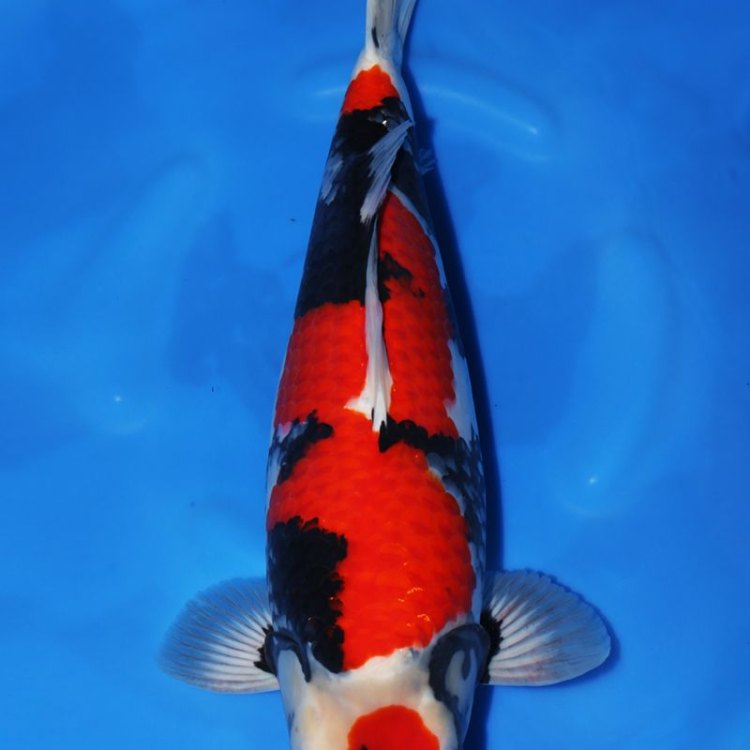
The Rampage of Asian Carp: A Growing Threat to Freshwater Ecosystems
Disclaimer: The content provided is for informational purposes only. We cannot guarantee the accuracy of the information on this page 100%. All information provided here may change without prior notice.






